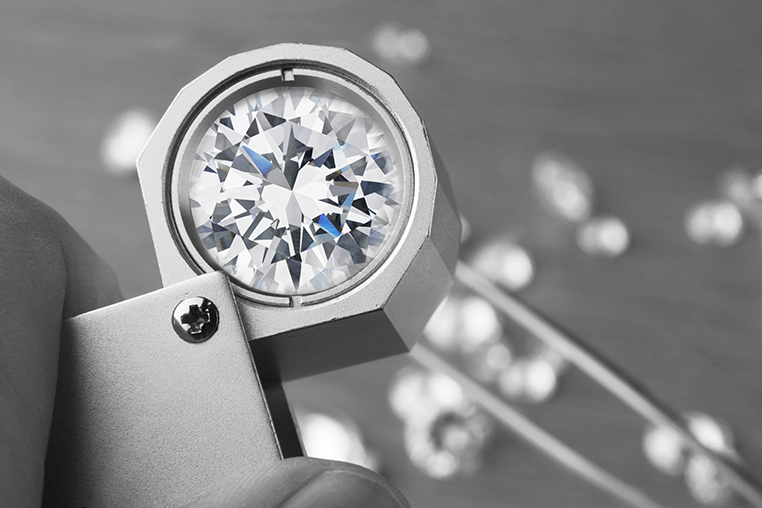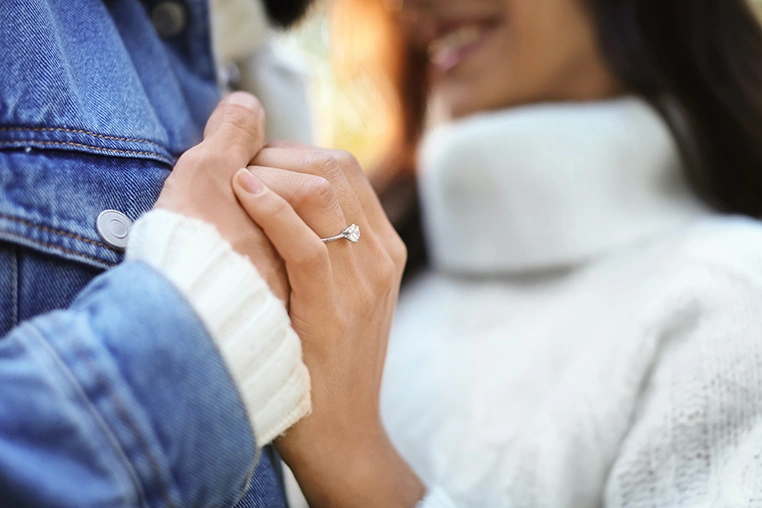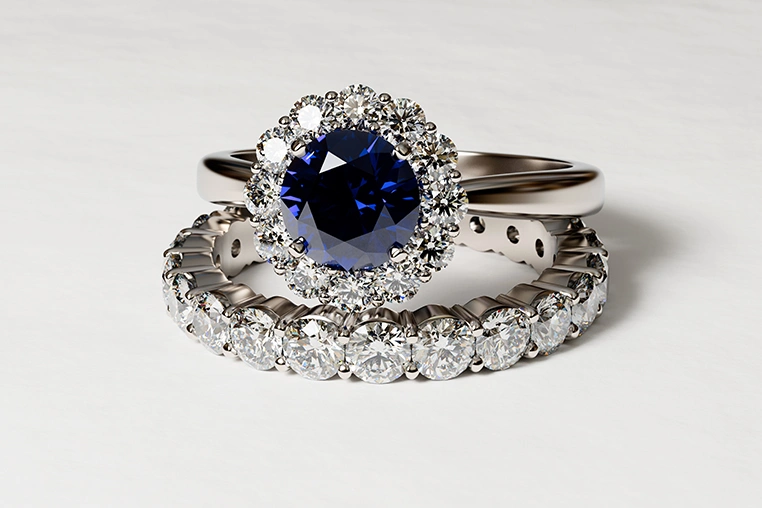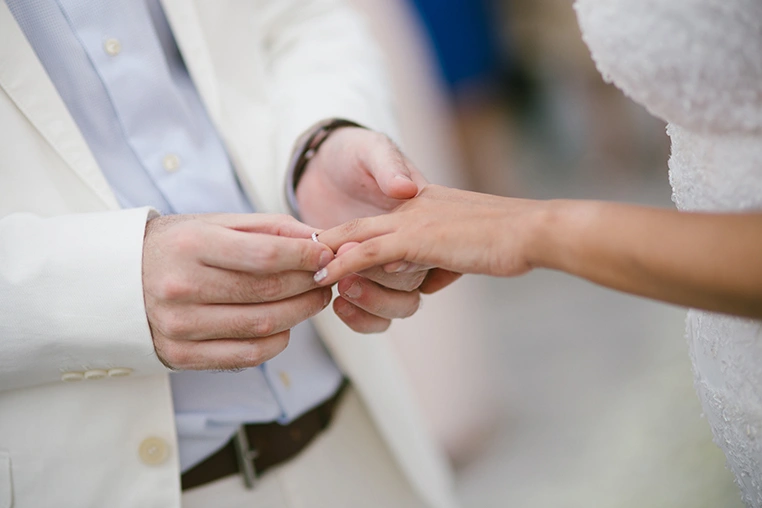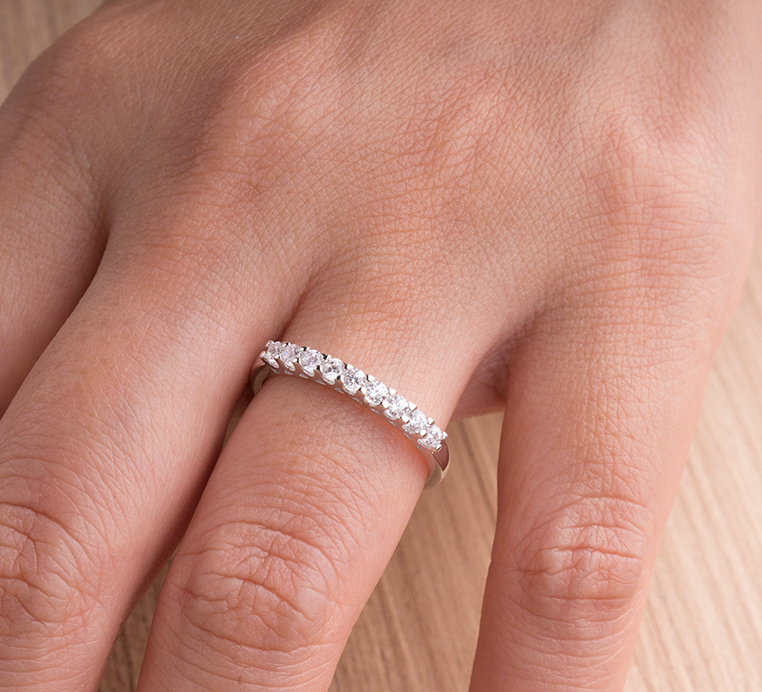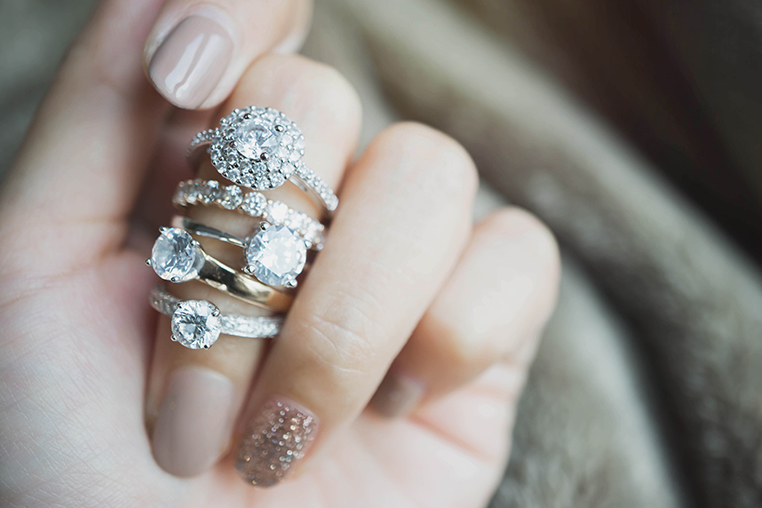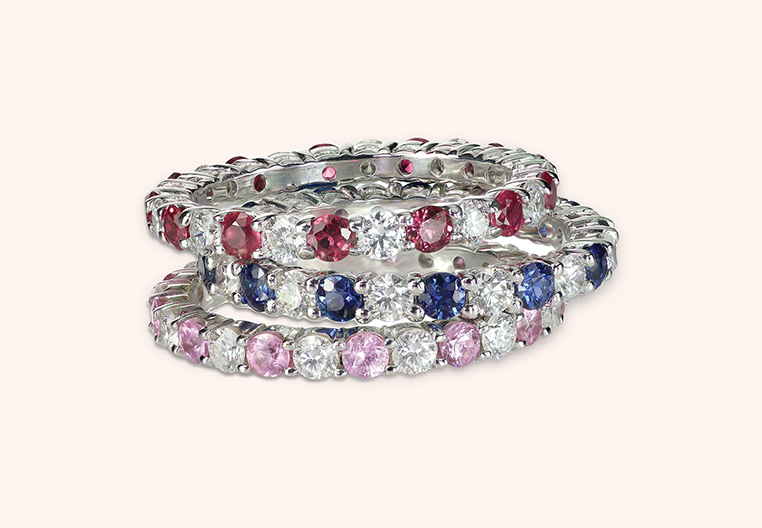The Ultimate Guide to Buying Diamonds: 4cs, Tips & More!
Posted By Ramzi & Co. On April 5, 2023
Diamonds are a girl’s best friend. But what do you need to know before buying one? This ultimate guide covers everything from the four Cs of diamonds to how to pick the perfect diamond for your budget. By following our tips, you’ll be able to buy a diamond with confidence and know that you’re getting the most beautiful stone for your money.
Diamonds are the hardest natural material on Earth. They’re also one of the most popular gemstones for engagement rings and other jewellery. But before you purchase a diamond, it’s important to understand the different factors that affect a diamond’s quality and value.
The Four Cs of a Diamond: Carat, Cut, Clarity, and Colour

Carat weight is how diamonds are measured and the size of the diamond. When diamonds are mined, they are measured in carats. One carat is equal to 0.2 grams. The size of the diamond is then determined by how many carats it weighs. The majority of diamonds that are used in jewellery range from 0.5 carats to 2 carats. However, diamonds can be found that weigh as much as 5 carats or more!
The weight of a diamond is important, but it is not the only factor that determines the value of a diamond. The other Three Cs also play a role in determining the value of a diamond.
Cut is how well the diamond has been cut and includes the height, depth, angles, and other factors. It affects the diamond’s symmetry, brightness, fire, and how sparkly the diamond appears. Diamonds that have been cut well will appear brighter and have more sparkle. This is why cut is considered the most important quality in the 4Cs rating system.
Understand that when choosing your diamond, a highly rated stone in all of the other criteria in the 4Cs may appear dull if it has a poor cut. We cannot stress how important this particular category of diamond pizzazz cut is.
Clarity is how many blemishes or inclusions and is judged on a scale from flawless to included. Diamonds that are included have many blemishes or inclusions (internal imperfections). Diamonds that are flawless have no blemishes or inclusions. The majority of diamonds used in jewellery range from slightly included to very slightly included.
The scale for clarity, in order of least to best, is:
- I3-I2
- I1
- SI2
- SI1
- VS2
- VS1
- VVS2
- VVS1
- IF; and
- FL
Colour is judged on a scale from D (no hue) to Z (a yellow-hued diamond). Diamonds that are closer to the D end of the scale are rare and therefore more expensive. Fancy coloured diamonds are diamonds that fall outside of the D-Z scale and include diamonds such as blue, pink, red and more. These diamonds are very rare and can be quite expensive.
The GIA (Gemological Institute of America) grades diamonds on a scale from D (no hue) to Z (a yellow-hued diamond). The grading scale for diamonds is as follows:

D, E, and F diamonds are considered “colourless” diamonds.
G, H, I, and J diamonds are considered “near colourless” diamonds.
K, L, and M diamonds have a faint yellow hue.
N through Z diamonds have a visible yellow hue.
Is there a Fifth C?
You may have heard of the fifth C, which is the “certificate.” A certified diamond comes with a certificate from an independent gem lab, such as the GIA, HRD, or IGI. The certificate includes all the information about the diamond, including the carat weight, cut, clarity, and colour.
A certified diamond costs more than a non-certified diamond, but the certificate gives you peace of mind that you are getting what you’re paying for.
Now that you know the Four Cs of diamond, let’s look at how to pick the perfect diamond for your budget. When it comes to diamonds, you get what you pay for. The more carats, the better the cut, the higher the clarity, and the closer to white the colour, the more expensive the diamond will be. But that doesn’t mean you have to spend a fortune to get a beautiful diamond. Reputable online diamond jewellers offer the best selection at the best prices.
How to Pick the Perfect Diamond for Your Budget: A Step-by-Step Guide
Choosing Your Diamond Shape
The first step in choosing your perfect diamond is to decide on the shape. The most popular shapes are round, princess, emerald, and oval. But there are many other shapes to choose from, including pear, marquise, heart, and cushion.
Your choice of shape will be influenced by your personal style, but it’s also important to consider the setting. Some shapes, such as round and princess, are better suited to certain settings than others. The shape of your diamond can show off its assets in a way that lets you get more for less, which is why it’s an important consideration in addition to the 4Cs.
The shape is the form of a diamond and is generally described from an aerial view.

10 Most Desirable Diamond Shapes include:
- Round
- Princess
- Emerald
- Asscher
- Radiant
- Cushion
- Oval
- Pear
- Heart
- Marquise
Choosing Your Diamond Carat Weight
The next step is to decide on the carat weight of your diamond. The carat is the unit of measurement for diamonds and is equal to 0.20 grams. The bigger the diamond, the rarer it is, and the more expensive it will be. But that doesn’t mean you have to choose a large diamond to get a beautiful ring. A smaller diamond can be just as sparkly and beautiful as a larger one.
Most people think the higher the carat number, the larger the stone is; however, this isn’t always true. The cut of the diamond makes a big difference in how large the stone appears. For this reason, it’s often a good idea to choose a diamond slightly below your ideal carat weight. For instance, purchase a 1.9 carat stone instead of a 2.0. The savings can be significant.
Choosing Your Diamond Cut Quality
Cut quality is the third step in choosing your diamond. The cut of a diamond is how well the diamond has been cut and includes the height, depth, angles, and other factors. A well-cut diamond will be symmetrical and have a good balance of height and width. It will also have a good proportion of depth to its diameter.
The cut of a diamond affects how sparkly it is. A well-cut diamond will reflect light better and appear brighter than a poorly cut diamond. There are three main types of cuts: brilliant, step, and mixed.
Brilliant cuts, such as the round and princess, have 58 facets (the small flat surfaces) and are designed to reflect the maximum amount of light.
Step cuts, such as the emerald and Asscher, have fewer facets and are designed to show off the diamond’s clarity rather than its sparkle.
Mixed cuts, such as the cushion and oval, are a combination of brilliant and step cuts.
Choosing Your Diamond Clarity
Clarity is the fourth step in choosing your diamond. Clarity is a measure of how many blemishes or inclusions (internal imperfections) a diamond has. The fewer blemishes or inclusions, the higher the clarity and the rarer the diamond.
The vast majority of diamonds have some blemishes or inclusions, but they are usually not visible to the naked eye. In fact, diamonds with few blemishes or inclusions are so rare that they are often called “flawless” diamonds.
Choosing Your Diamond Colour
The final step in choosing your diamond is to decide on the colour. The colour of a diamond is judged on a scale from D (no colour) to Z (a yellowish or brownish colour). The majority of diamonds fall somewhere in the middle of this scale.
The most popular diamonds are those that are colourless or near colourless, such as diamonds in the D-G range. These diamonds are the most expensive because they are the rarest.
The least popular diamonds are those with a yellowish or brownish tint, such as diamonds in the J-Z range. These diamonds are less expensive because they are more common.
Diamond Certification
A diamond certificate also known as diamond grading report is like a fingerprint for your diamond. It contains all the information about your diamond, including its carat weight, cut, colour, and clarity.
A certified diamond is also more valuable than a non-certified diamond because it has been independently evaluated by experts.
When buying a diamond, always make sure to buy one that comes with a certificate from a reputable laboratory, such as the Gemological Institute of America (GIA).
Now that you know some important basics of choosing a diamond, you’re ready to start shopping for your perfect diamond! “Keep these factors in mind and you’ll be sure to find the perfect diamond for you.”
At Ramzi & Co.®, we offer Certified Natural Diamonds at competitive prices. Browse thousands of certified natural loose diamonds to start designing your perfect engagement ring. All diamonds are viewable in 360° HD technology for a realistic shopping experience
